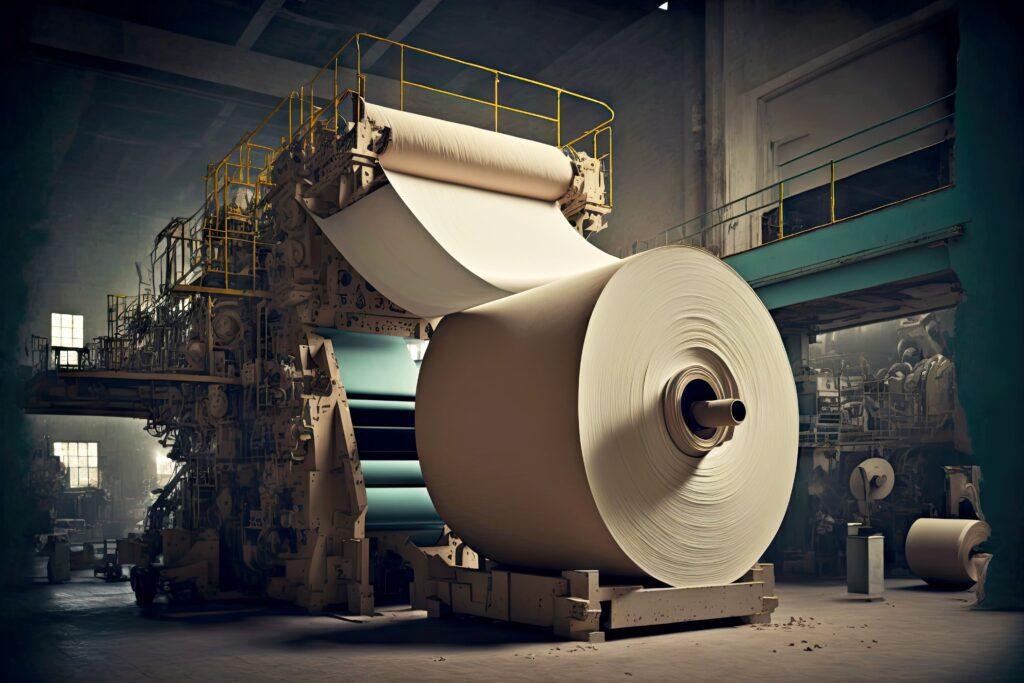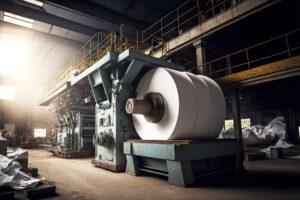
2024 has turned a new leaf in the pulp and paper industry worldwide. With a growing focus on sustainability and digitization, companies have begun to rethink many of their age-old practices. The global pulp and paper market is expected to cross 370 billion USD by the end of 2028 because of the rising demand for packaging material and other eco-friendly products. Ecologically increasing awareness by businesses and consumers alike changes the method of production across many industries and innovative materials.
New digitalization is the latest look at how companies do business and keeps the production of pulp and paper smooth and efficient. From recycled fibers to bio-based alternatives, this year’s trends show how the pulp and paper industry rises to meet new demands.
Curious about what might drive such changes in store and how this could affect the industry? Read on to learn about the key trends that will shape the future of pulp and paper in 2024 and beyond. Let’s take a deeper dive into what’s next in this evolving sector.

Pulp and Paper Industry Trends in 2024
In 2024, sustainability is taking center stage in paper industry trends. Companies are in a tight spot to become more environment-friendly due to the increasing demand for eco-friendly products across the globe. The push toward recycling and circular economic models changes the whole face of the industry. From sourcing sustainable raw materials to implementing energy-efficient manufacturing processes, the largest paper companies are leading the way in this green revolution.
Recycling plays a crucial role in these efforts. Many companies are now prioritizing the use of recycled fibers in their products, reducing the need for virgin pulp and cutting down on deforestation. Additionally, new green technologies are being integrated to minimize water usage, energy consumption, and carbon emissions. These innovations are driving paper market trends toward more sustainable, eco-friendly solutions.
Another important factor is the shift towards the concept of a circular economy; a lot of firms are adopting closed-loop systems where maximum material reutilization and recycling are in place. Such an approach reduces waste but at the same time builds resilient and sustainable business models. With both consumers and businesses increasingly conscious of their environmental footprint, these pulp, paper and board pumps industry trends are sure to define the future of the sector.
Pulp and Paper Market Demand and Consumer Preferences
The dynamics of the paper and forest products industry are changing as consumers increasingly put sustainable products at the top of their priorities. In 2024, a growing number of consumers are giving greater priority to eco-friendly options, compelling paper pulp packaging companies to innovate using sustainable materials. Most especially, this holds true in the packaging sector, where biodegradable, recyclable, and reusable packaging remains in demand. Specialized paper pulp manufacturers in the USA are doing increasingly well, as they respond quickly to such preferences by offering products from recycled paper and other environmentally friendly material.
The rise of biodegradable and recyclable packaging is also driving change in the global market. Many of the largest pulp, paper and board manufacturers are now developing solutions that meet both consumer demand and environmental regulations. This includes expanding their product lines to feature recycled paper, compostable packaging, and low-carbon materials. As a result, the industry is seeing a growing number of sustainable alternatives that appeal to eco-conscious buyers.
Again, consumer preference varies considerably with region. While in Europe and North America, ecological sensitivity is greater, the demand for eco-friendly packaging is more. The emerging markets continue to play catch-up but are fast adapting to such global trends. The best paper company at the very edge of such changes in paper packaging is coming out as a leading firm in this evolving market.
Challenges of Pulp and Paper Industry for the Next Decade
As the pulp and paper sector continues to evolve, several challenges are emerging that will shape its future. These challenges are driven by sustainability, shifting consumer demands, and technological advancements. Here are some key issues the industry will face over the next decade and their expected long-term impact.

Adapting to Sustainability Requirements
Sustainability in the next decade will be top of the agenda for the pulp and paper industry. Governments and society alike are requesting greener operations, where companies have to continue to demonstrate a reduction in their environmental footprint. This will involve the acceptance of more green technologies, increased recycling processes, and sourcing materials sustainably. This sector’s success depends on the major acceptance of the circular economy models and reduction of its carbon footprint.
Declining Paper Usage Over Time
With the rise of digitalization, paper usage over time is expected to decline, especially in printing and publishing. As more and more companies are now going digital, the demand for traditional paper products is gradually reducing. On the other hand, packaging materials will grow, along with tissue products and sustainable paper solutions. This puts a challenge on the industry to restructure toward these growing markets while handling the contraction in the use of traditional paper.
Balancing Innovation with Cost Pressures
While investing in green technologies and developing new products, companies are facing cost pressures. In this way, the challenge of staying competitive with state-of-the-art solutions is crucial for the development of the pulp and paper industry. Sustainable innovation can be capital-intensive. How this balances against profitability while being environmentally responsible will be key to long-term success.
Navigating Global Supply Chain Disruptions
Over the past couple of years, supply chain disruption has become a key factor, and it is no different in the case of the pulp and paper industry. Ensuring the raw materials are sourced in a sustainable manner and transportation logistics remain firm is quite a task when global markets are in turmoil. Companies have to make their supply chains more resilient and create preparation for disruptions that delay production.
The Road Ahead
In the future, the pulp and paper sector will be of great relevance in the development of a more sustainable world economy. By solving these challenges, major paper companies have the chance to assume leading positions in eco-innovations and simultaneously match the growing greening of customer expectations. As the world embarks on a journey toward a green planet, the industry shall adapt to that movement regarding its relevance in upcoming decades.
The pulp and paper industry in 2024 is at an important turning point. As sustainability keeps growing, the industry has become greener with technologies, materials, and a focus on reduced environmental impact. This is driven by increasing consumer demand for recycled and biodegradable products, further influenced by regional preferences and global regulations that make it necessary for businesses to innovate. However, this will face decreasing paper consumption with time, cost pressures, and disruptions to supply – all of which will require careful strategizing and flexibility.
The industry has a growing role in fostering a sustainable global economy. Only a paper making company like AMED-US embracing these changes to stay in this evolving market long-term will thrive. The future of the pulp and paper sector is irretrievably tied up with innovation, adaptation, and leading from the front to a greener world.










